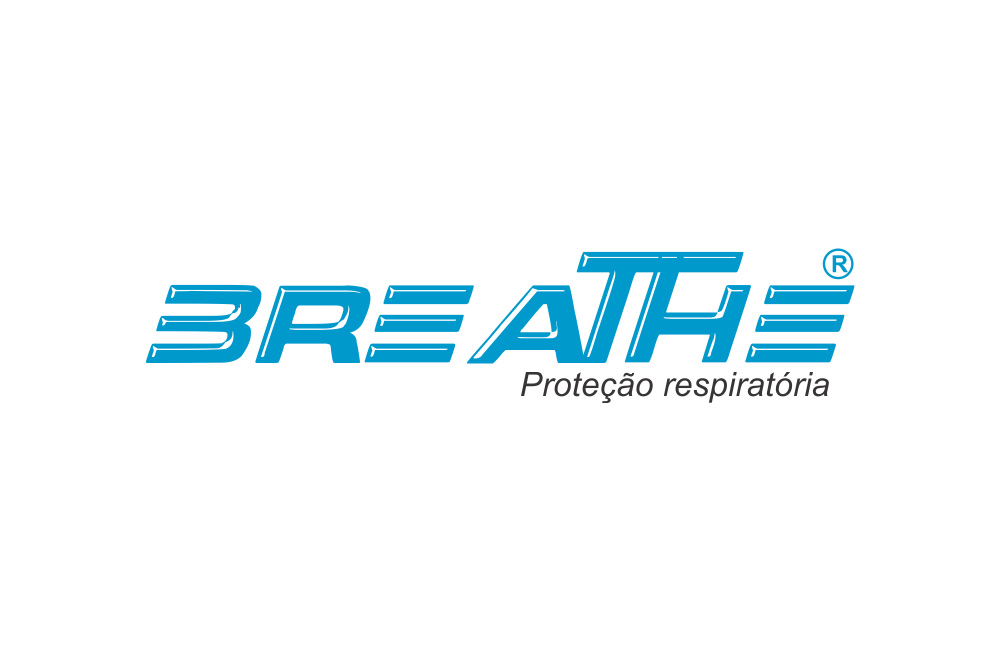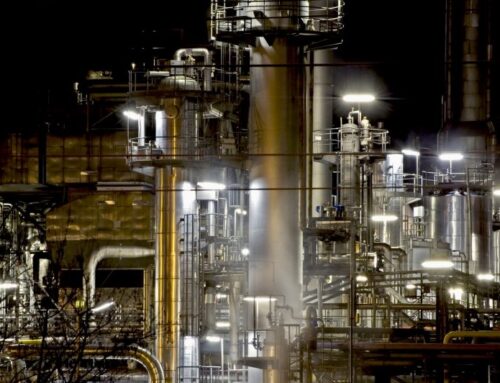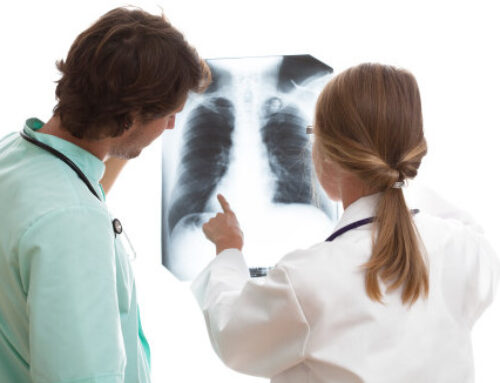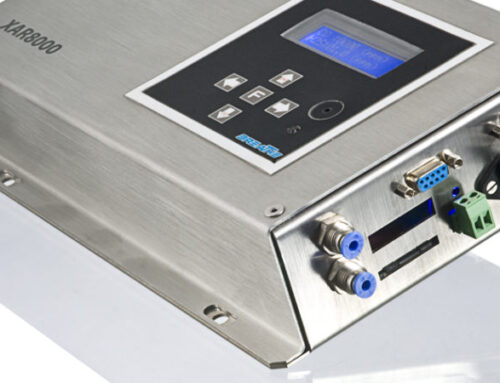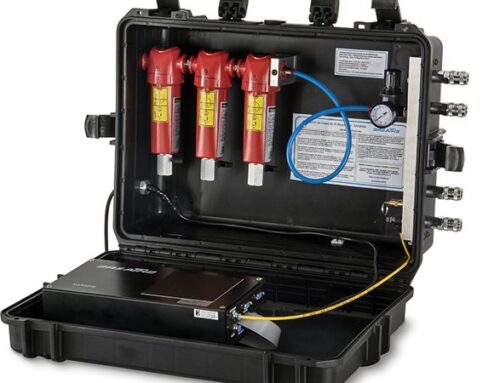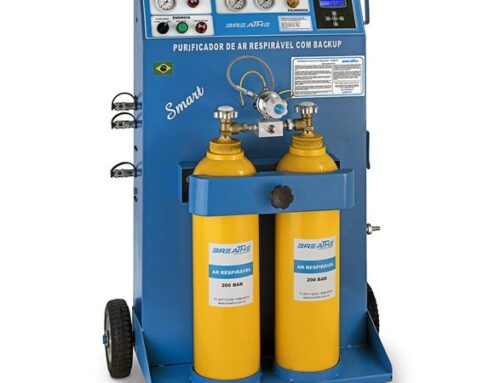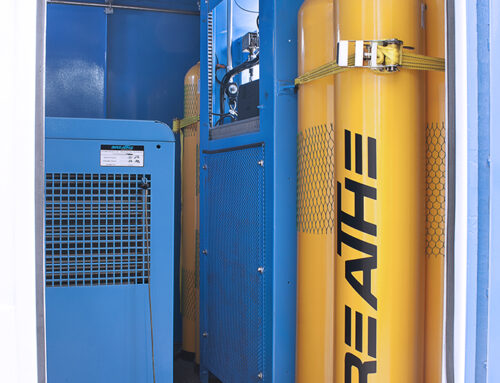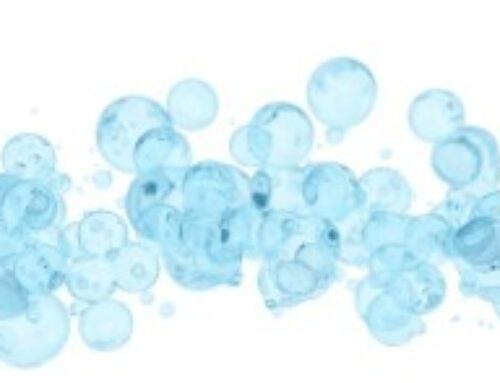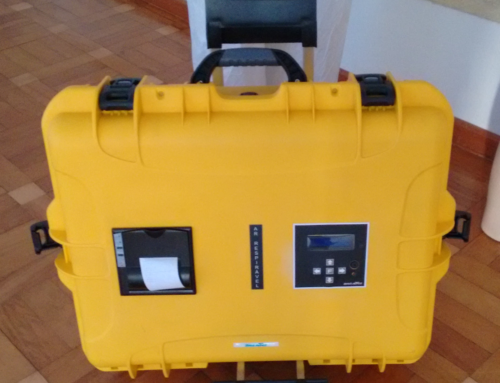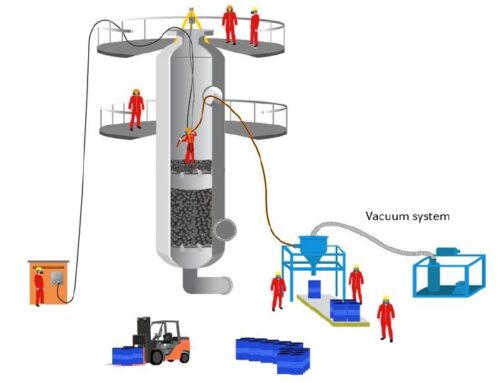Types of facial air masks
Types of facial air masks with adduction air source – air sent. Continuous Flow Masks and Masks for positive pressure demand. The average consumption of air by the human body is known and tabulated for different types of physical efforts and activities performed (as can be seen in the table below) and varies greatly from one activity to another. When dealing with an activity in an industrial area, the air consumption of heavy work should always be estimated, due to the peculiar characteristics that each worker may have, such as weight and height, in addition to the ambient temperature, which generally exceeds conventional average temperatures. and, this increases the physical effort of the organism to keep the human body in thermal balance with the environment.
Due to all these external variables and inherent to the activity in question, the data must be overestimated to avoid surprises and risks to workers. On the other hand, the choice of certain types of masks, for example, can be decisive in the good performance of a critical application such as the lack of electricity, a break in the breathing air generation system or even the contamination of the air intake by some gas and consequently the shutdown of the air compression systems.
In case it is necessary to use air from cylinders, each liter of air saved will be important since these cylinders take time to be refilled in addition to having a high fixed maintenance cost, due to the value of high efficiency filters, electricity consumption and the high wear of the compression system parts. Choosing the right type of mask for each type of work is as vital as choosing the type of air purification and the air source to be used.
Types of facial air masks – CONTINUOUS FLOW MASKS OR PP DEMAND MASKS
Continuous flow masks. In this type of mask, the breathable air enters continuously inside the facial or semi-facial mask, hood, helmet, cap, inflatable clothing, windbreaker, and in this way creates a positive pressure atmosphere inside the mask so that no contaminants from the environment outside the mask can penetrate inside. If there is any type of imperfection, defect or deformation in the mask seals, this avoids many risks to the worker, but not all. There are other factors that can affect the proper functioning of this type of EPR, such as the beard policy (which is included in Fundacentro’s PPR) and the particularities and imperfections of each EPR.
This type of mask is ideal for work in inert atmospheres, atmospheres with a high presence of toxic gases, low oxygen rate or in atmospheres with a large amount of particulate suspension (aero dispersoids). The air flow inside the mask must not exceed 300 liters / minute to prevent the excess air from posing a risk to the eyes, mucous membranes or even injuring the nostrils (when the air is in very low relative humidity) or causing bleeding.
On the other hand, when the system uses a sealed facial or semi-facial mask, the minimum flow rate should be 120 liters / minute, while if the type of equipment is open type, that is, such as a hood, overalls, blouse or inflatable clothing , the flow should be at least 170 liters of air per minute. The downside of continuous flow masks is their high air consumption. There are other types of masks that are more efficient in terms of air savings. However, this type of mask has great advantages, mainly in relation to high-risk applications, such as working in IDLH atmospheres and atmospheres that are poor or enriched with oxygen.
Types of facial air masks – Air masks with positive pressure and demand
This type of mask, or other type of respirator, has a valve that only allows air to enter when the worker inhales the air creating a negative pressure in relation to the pressure inside the mask. On the other hand, when the worker exhales the air that leaves the lungs he creates an extra positive pressure inside the mask causing a diaphragm to open and thus the gases are expelled out. In this way, the mask always works with a positive pressure inside it in relation to the atmospheric pressure of its outside and this makes it safe for work with a large amount of air dispersoids, hydrocarbon mists, gases, respiratory protection work in processing units. ionizing and radioactive material, such as nuclear power plants or in the handling of medications (hormones, antiretrovirals).
These applications need to create positive pressures inside the mask, blouses, overalls, caps or inflatable clothing in order to avoid contamination of workers by particles present in the work environment. The average flow of a mask on demand with positive pressure or without negative pressure is on average 1/3 of the consumption of a continuous flow mask, that is, 40 liters of air / minute.
Air masks with demand without positive pressure
In this type of mask, or other type of respirator, air is only admitted when the worker inhales the air, creating a negative pressure inside the mask in relation to the outside pressure of the mask. For a few moments, this negative pressure favors the entry of suspended material into the atmospheric air, or the entry of toxic or flammable gases that may be in the environment. This makes this type of respirator prohibited for applications in IDLH or poor or oxygen enriched atmospheres. An oxygen-enriched atmosphere, for example, combined with the use of a mask that contributes to the entry of this enriched oxygen into it when in contact with hydrocarbons can ignite and cause serious damage to the worker or even lead to his death.
AIR CONSUMPTION OF THE HUMAN BEING
Weight: 60 kg
Energy consumption: 70 kcal / h
Number of breaths: 16 / minute
Amount of Breathing Air: 0.5 m3 / h
The human’s air requirement in different activities, less from the above, is summarized in the table below.
Requirement Air Requirement Consumption (l / min) Peak Flow (l / min)
At rest <8 <24 Office work 8 to 16 24 to 48 Continuous work hand and arms 16 to 24 48 to 72 Intense work hands and arms 24 a 31 72 a 93 Very intense work> 31> 93
Maximum work – extreme 132 ****
Peak Flow / 3 x Minute Volume
The air exhaled by an adult human, in the absence of body activity, contains an average of 17% O2, 4 % CO2 and 79% N2.

